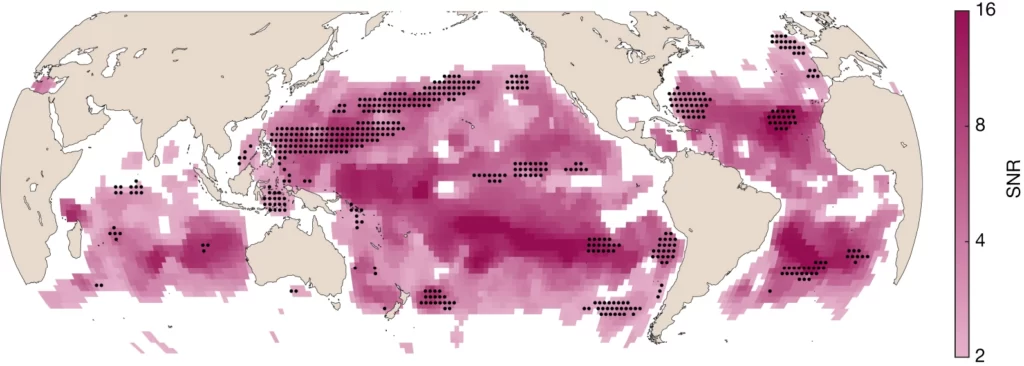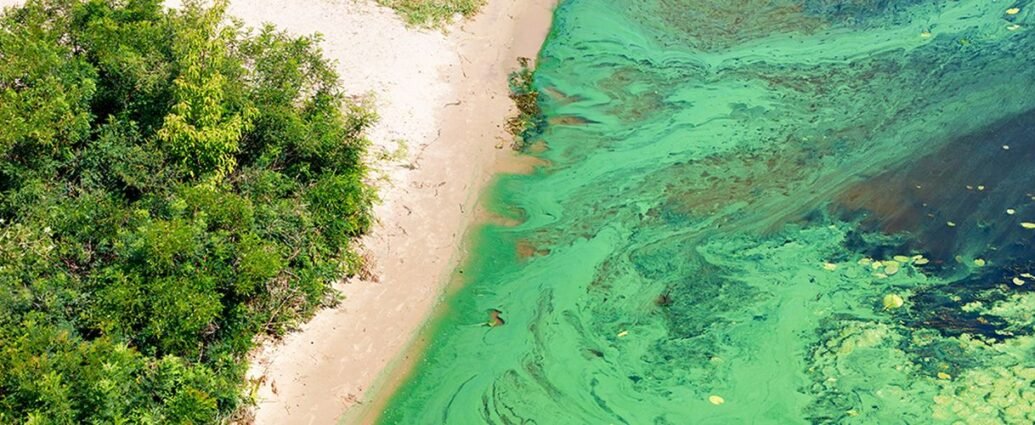A new study titled ‘Global climate-change trends detected in indicators of ocean ecology’ suggests that the color of the Earth’s oceans has changed from blue to green due to climate change caused by humans. More than half of the oceans have been affected by this shift in color.

The change of ocean color to green does not directly harm marine life, but it suggests that marine ecosystems are unstable and could become imbalanced in the future, which would have a negative impact on both ocean life and humans who rely on it.
Changes in ecosystems may have an impact on their productivity, leading to potential effects on carbon storage in the ocean and the availability of food for fisheries.

The majority of the world’s oceans appear blue or navy due to the shorter wavelength of light, causing water to reflect most of it back. When the water is shallow or polluted, the color of the ocean can change. In Argentina, where large rivers flow into the Atlantic Ocean, the water appears brown due to the presence of dead leaves and sediments from the rivers.
The oceans in some regions of the world have a green color because of the presence of phytoplankton on the water’s surface.
The study shows that as climate change causes ocean stratification, the colors in certain regions are changing to green. This has negative effects, as the oceans absorb less carbon dioxide and the oxygen does not mix well with cooler waters below, which is harmful to marine life.

Additionally, nutrients cannot rise to the ocean’s surface from lower levels, which has a direct effect on phytoplankton, which depends on the upper surface of the ocean for its survival and gives it a green appearance.

The ability of the ocean to absorb carbon will be impacted by the presence of various types of plankton. This is a serious matter that should be taken seriously, as it is not just based on predictions but is actually observable. The ocean is undergoing noticeable changes.
Reference- NASA Satellite Images, Journal Nature, National Geographic, Global Ocean Alliance






